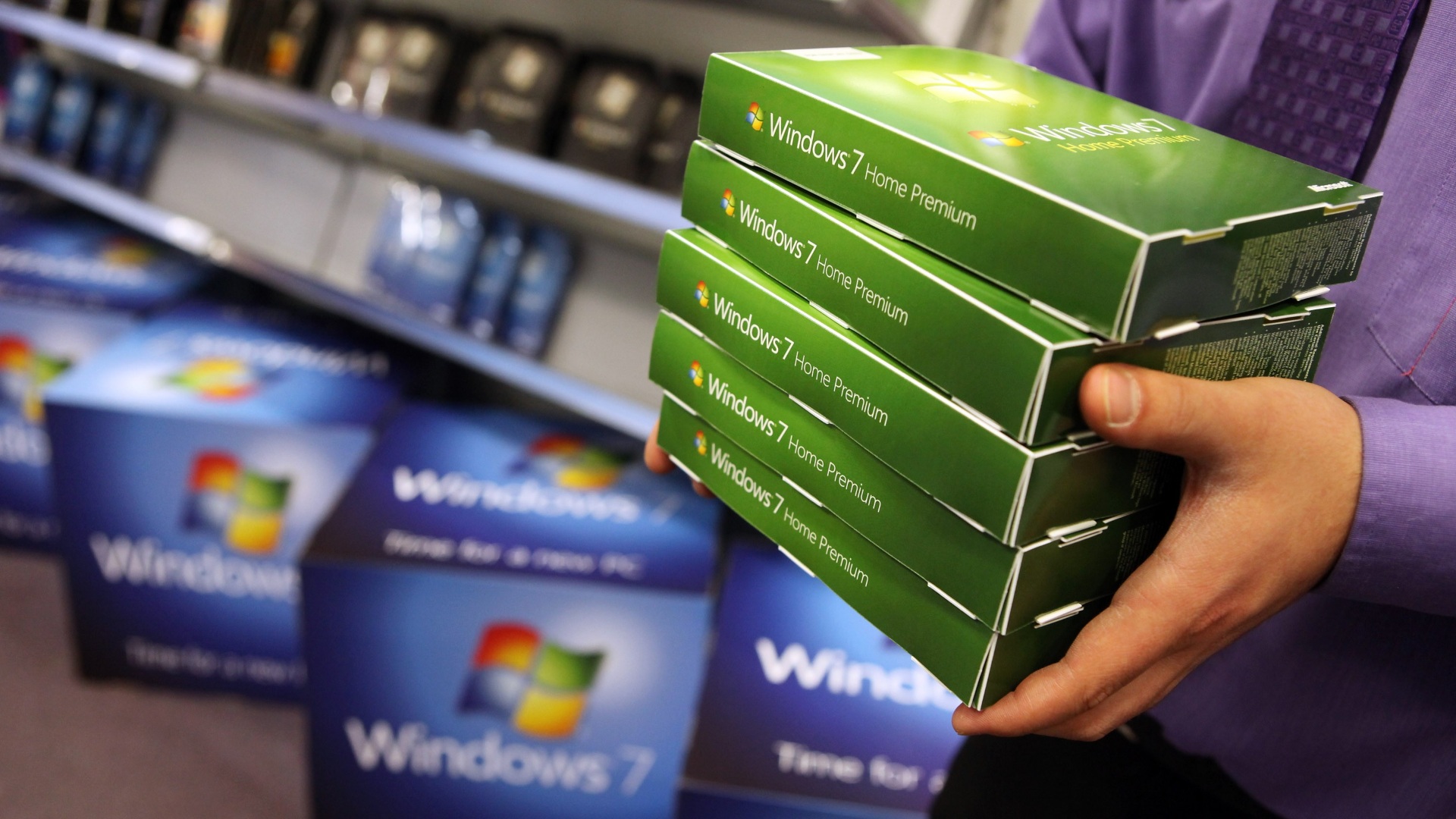If you’ve been using Microsoft’s operating system for a while, you’ll undoubtedly remember the wildly popular Windows 7. As you may know, Microsoft ended support for updates to Windows 7, including the Extended Security Upgrade (ESU) program, back in January 2023.
While running the OS on your PC, you might have noticed that it took longer to load when using a single-color image as your desktop wallpaper, but it wasn’t your fault. Veteran Microsoft engineer Raymond Chen recently explained that the issue was caused by a simple programming error (via PC World).
The error made Windows 7 take up to 30 seconds to start up and switch from the “Welcome” screen to your desktop. As it turns out, the issue was consistent for users who’d set up a solid color as their desktop wallpaper.
According to Chen, the error forced the OS to set up the desktop piece by piece, including the taskbar, desktop window, application icons, and the background image.
As such, Windows 7 had to wait for all the components to finish loading and receive feedback from each of the listed components, which could take up to 30 seconds. However, if it didn’t receive any feedback from the components, it would still switch from the Welcome screen to the desktop anyway.
The logon system waits for all of these pieces to report that they are ready, and when the all-clear signal is received from everybody, or when 30 seconds have elapsed, the logon system switches away from the Welcome screen. Given that design, you can imagine the reason for the 30-second delay: It means that one of the pieces failed to report.
Veteran Microsoft Engineer, Raymond Chen
Essentially, Windows 7 expected an internal message that any particular image set as your desktop wallpaper is ready before a switch happens from the Welcome screen. However, if you set a single solid color as your desktop wallpaper, the message wouldn’t ever be passed, hence the delay.
The code for the message was located within the background image, so the message wouldn’t be passed if you’d set a single color as your desktop image, because it’s technically not an image at all.
The issue was also persistent for users who’d activated the “Hide desktop Icon” group policy. Chen revealed that this was due to the fact that the policy was added after the main code had already been written.
Microsoft fixed the issue via an update in November 2009, five months after Windows 7 debuted. Maybe that’s why your old Windows 7 PC was slow for a few months. Good to know in 2025.





